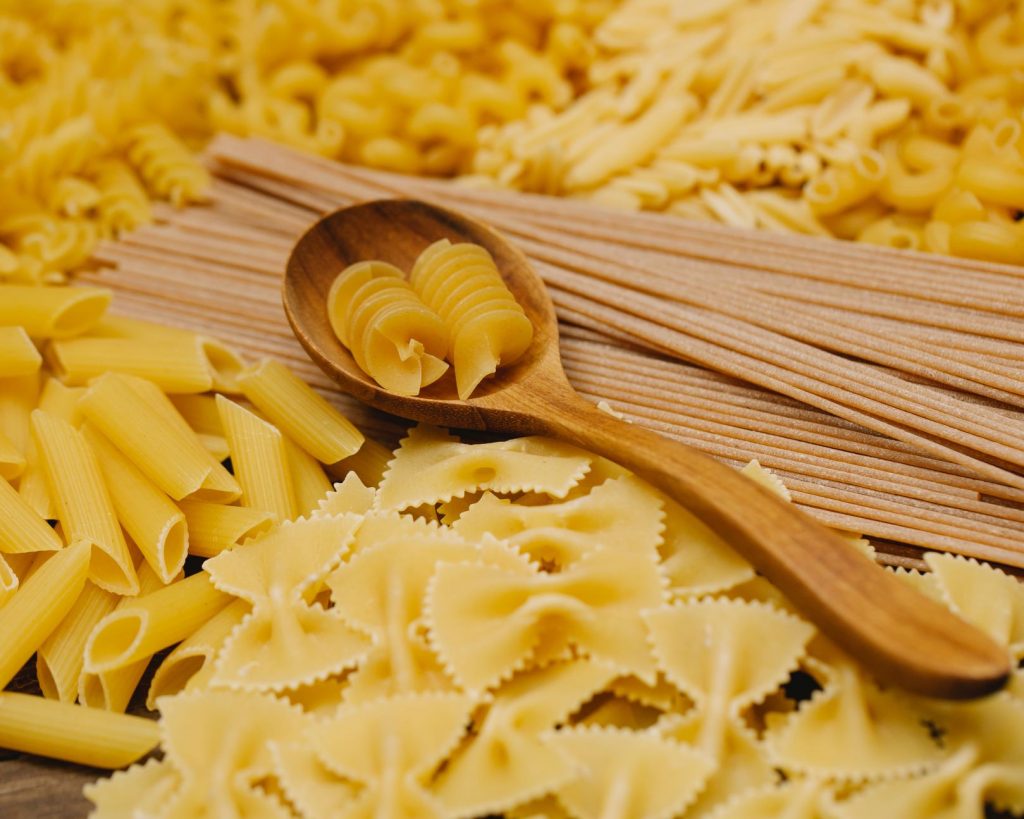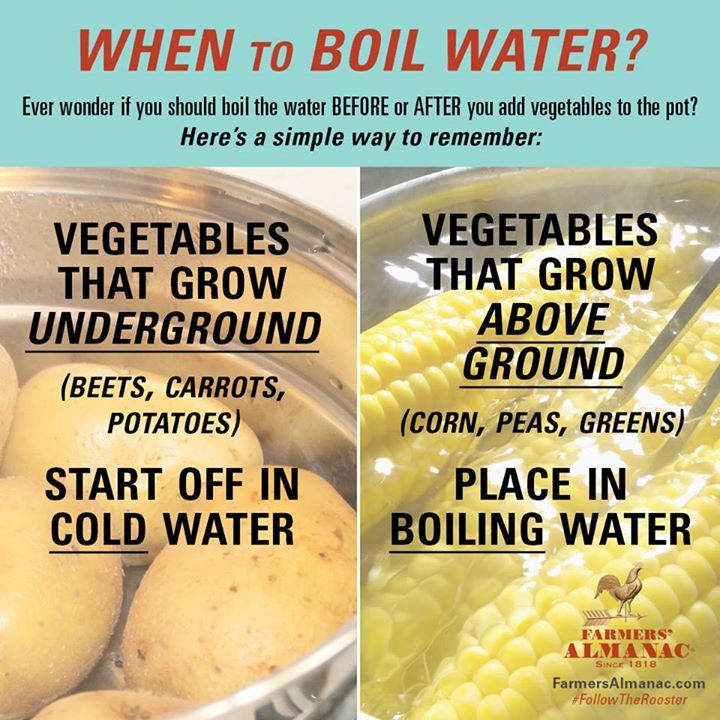
Healthy cooking doesn't have to be a trend. Learn how to make your own stocks and broths so you can control the sodium and fat that goes into your food. Use local ingredients whenever you can. Make sure to take the temperature of your food in order to verify it is properly cooked. You won't regret doing it. Here are some additional tips to help you get going. It's so easy to make healthier meals at the home!
Healthy cooking is not a trend
Healthy cooking is a wonderful way to improve your health, and to enhance the quality of your daily life. Healthful cooking isn’t just a passing fad. PepsiCo to Campbell Soup, for example, isn't following a fad. They're actively making healthier food choices and expanding their retail distribution.
Making your own broths and stocks gives you complete control over the amount sodium or fat that goes into your meals
It can be delicious and healthy to make your own broths or stocks. You can roast bones to caramelize the meat and add an earthy flavor to your finished product. Veal bones, especially the cartilage, add gelatin and collagen to the finished stock. Stock can be substituted in many recipes for vegetable stock if you're a vegetarian. Bone broth has many uses and can be frozen for later use.
Vegetable stocks are one of the best cooking liquids. Mix vegetables, onions, and potatoes with sweetener/thickening agents. It is great for thick stews. Turkey stock, however, is made from vegetables and spices. It is also a great way of using leftover pot pie. You don't have to be a fan of chicken stock or beef. There are plenty of options for turkey or chicken stock.

It is best to take the temperature of the food before you eat it.
A food thermometer, which is an excellent tool for cooking poultry and meat, is the best. The outside of meat and poultry may appear cooked but the interior is not always cooked. You may notice that the juices run clear but the inside isn't, and your meat is not completely cooked. This is a common mistake, but it doesn't necessarily indicate doneness.
Cooking food to the proper temperature kills harmful bacteria and fungi. It can lead to food poisoning if the food isn't cooked at a safe temperature. As a general rule, the food's internal temperature should be high enough to allow steam to escape. Test this by inserting your knife into the meat or poultry's center.
Using local ingredients
Locally sourced ingredients are one of the best ways for restaurant owners to attract customers. Although there is always the risk of charging too much for local ingredients, seasonal ingredients are a great way to cut costs. To get recipes based on what is available locally, you can also use USDA's Mixing Bowl. You can create seasonal menus by using seasonal ingredients without needing to purchase items that are not in season.
Locally sourced foods have the advantage of being fresh and high quality. Local farmers can guarantee fresher, more flavorful produce than their farmed counterparts. It's possible to support your local economy by working directly alongside local farmers instead of relying on large corporations. Locally sourced meats and produce will reduce your carbon footprint, and help support local businesses.

FAQ
Can I learn how to cook together with my children?
Yes! Yes, kids love to help in kitchen. It's a fun activity which teaches children responsibility and teamwork. Children can help with everything from washing vegetables to chopping onions. Children will love helping to cook if they are taught safe knife handling techniques.
Are there any free online cooking classes?
Many websites provide free cooking lessons. YouTube is a great place to search for cooking videos. Some sites offer thousands of recipe options. While you may have to pay a monthly charge, these websites allow you to try out the recipes for 30 days for no cost.
How can I get hired as a cook?
A word of mouth referral can lead to a job as cook. A friend or family member might know of an open restaurant that is in desperate need of staff. There are often openings posted on websites and bulletin boards.
Do I need to buy any ingredients to cook?
You don't need to buy every ingredient. Many grocery stores have premade sauces and other products that you can substitute for. If you are looking to save money, premade meals may be a good option.
How long does cooking take? How long will it take me to learn how?
It depends on the skill level. Some people learn basic cooking techniques in just a few days. Others might need months or even years to master basic cooking techniques.
There are many factors that affect the time required to learn how cook. A person who has never cooked before will likely need more time to learn than someone who is a regular cook. Different types of cooking require different amounts of experience. Baking, for example, requires more experience than frying.
If you want to learn how quickly you can cook, you should focus on learning a specific technique. Once you are proficient in that technique, you can move onto the next one. It doesn't matter how long it takes to master a particular technique. Just keep practicing and enjoy the process.
Which career path is best for someone who wants a career as a chef or chef? How can I get started in my career as an chef?
An apprenticeship is a good way to start your career as a chef. Apprenticeships offer the chance to work for several year without any tuition fees. You can apply to become a sous-chef after you have completed your apprenticeship. Sous chefs work with cooks to prepare dishes and supervise them. They also supervise the operation of the restaurant.
Which is the best method to store leftovers?
Tupperware containers work well for leftovers. These containers preserve food freshness and stop odors from developing. They also keep foods warm longer. Frozen leftovers can be kept in freezer bags. For food that you are freezing, make sure to place it inside another freezer bag. Once the food is frozen place it in an airtight container, such as a zip lock bag.
Statistics
External Links
How To
How to make the perfect omelet
Omelets are one of my favorite foods to eat at breakfast. How do you make them perfect? I have tried many different recipes and methods, but none of them work. So I wanted to share some tips and tricks so that you can make delicious, fluffy omelets every morn.
We should first know that eggs are very temperamental ingredients when making omelets. You must get them fresh, organically, and keep them cold until you cook. If they are not kept cold enough, the whites won’t form properly. The yolks will also break down too quickly and become runny. Your omelets will look strangely colored if this happens. If you intend to cook your eggs immediately, it's best to use room-temperature egg.
Another tip is to separate the egg before adding it to the pan. Because this could cause your omelet to become curdled, you don't want any yolk to be mixed with any white.
The bottom part of an egg that is added directly to the stovetop might be burned, which could cause a ruined texture in your omelet. Instead, microwave the egg for 10 seconds before adding it to the pan. The microwave heat is sufficient to cook the egg without overcooking.
Next, let’s talk about mixing the egg. When you mix eggs together, you want to beat them well. To do this, grab the bowl of the mixer and turn it upside down. Then, vigorously shake the bowl. This allows the air to be whipped and the egg to be mixed thoroughly.
Now comes the fun part - pouring the milk into the mixture. The first step is to pour half of the milk in the beaten eggs. Next, fold the eggs into the remaining milk. Do not be alarmed if there are still egg streaks visible. Once the omelet flips, these streaks will disappear.
After you have done folding the eggs, heat the pan on medium heat. The oil will start to smoke. When the oil is hot enough, add 1/4 cup butter to the pan. Stir it around until the butter covers the entire pan. Open the lid and sprinkle salt on the pan. An additional pinch of salt will prevent the omelet form sticking to your pan.
Once the omelet forms, cover the pan again. Let the top side set completely. Flip the omelet over using a spatula or flip the pan upside down. Cook the other side for another minute or two. Remove the omelet from the pan and serve immediately.
This recipe is best made with whole milk. However, it can also be used with skimmed milk.